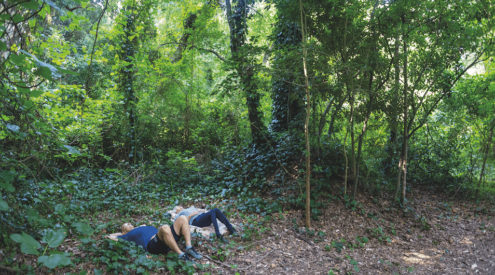Nature has some spectacular phenomena. They all have a scientific method behind them, but when we lay eyes on them we feel as if we’re seeing something magical.
One such beauty is a sight of a frozen waterfall. A flowing body of water is impressive already, but finding one frozen in the air is quite mesmerizing.
Here’s how it works.
Water turns to ice when small water molecules stick to each other in very cold conditions and stop moving around. Since the molecules in a flowing waterfall are continuously moving, however, weather conditions have to be well below freezing.
The water that feeds the waterfall supercools (when water experiences a temperature less than its freezing without becoming a solid) at around -6°C. As the molecules begin to stick together, the flow slows down and ice clusters begin to stick to its surroundings like nearby rocks or overhang.
The ice at the bottom forms an anchor and the water from the top actually begins to ‘grow’ downwards, creating a column as tall as the height from which the water falls. Provided it remains cold enough for long enough, this will become solid and the end result is a picturesque ice sculpture by Mother Nature.
Take a look at these magnificent sightings:
View this post on Instagram
Source: ScienceABC
Image: Instagram
















